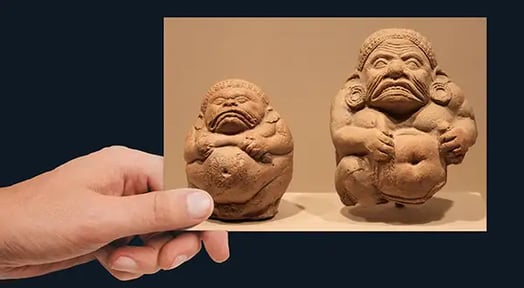Earlier this week, Manhattan authorities charged former antiquities dealer Subhash Kapoor with trafficking $145m worth of artifacts from Asia and the Middle East, The New York Times reports.

Over the course of 3 decades, officials say, Kapoor and his co-conspirators built a global smuggling empire that extended from remote Indian temples to ritzy Manhattan galleries — and authorities are still struggling to untangle the twisting trail.
The smugglers went to great lengths to look legit
First, smugglers stole artifacts from Afghanistan, Cambodia, India, Nepal, Pakistan and Thailand, swiping relics from loosely guarded temples and historic structures.
Using phony import documents, the artifacts were then sent to the US and London, where they were gussied up and made to look like a million bucks.
Then, accompanied by doctored provenance papers that falsely certified their legal origins, the artifacts were put for sale at some of the world’s shmanciest galleries.
These ancient artifacts fetched a pretty penny
Some stolen statues — many of which were considered national and religious treasures — sold for more than $2.5m in the 2000s.
Before his exposure in 2011, Kapoor was an art-world star known for his too-good-to-be-true ability to find remarkable pieces of art.
The 70-year-old Kapoor is in jail in India, where he has been awaiting trial on similar smuggling charges for years.
But the story isn’t over…
Authorities have seized 2.6k antiquities — worth $107m — from storage vaults in New York.
But 39 of the most valuable pieces — worth $36m — are still missing, believed to be protected by Kapoor’s family members.

